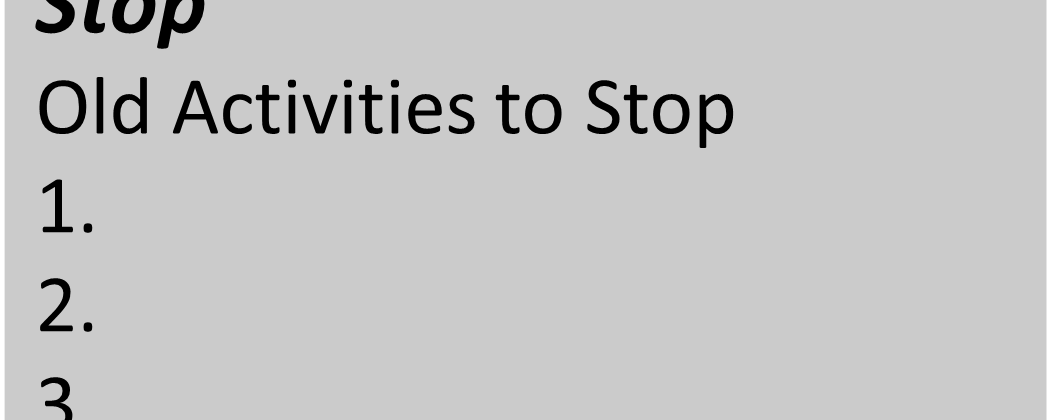Sometimes the most useful tools are the simplest. In workshops, I sometimes do a “start, stop, continue” activity as we get to next steps. We list new activities to start, old ones to stop, and some to simply continue. We’ll come back to this. But why am I thinking about it in a post on accountability?

Accountability is a good thing. Likewise, action is a good thing. They occasionally get at cross-purposes. The desire to ensure accountability delays or can even prevent actions. In some cases, that is a good thing. In some others, it’s not.
In pondering After Capitalism a while back I posted on “when do we pull the fire alarm.” While I think we have to be very careful about when we pull it, at the same time, we can’t help but notice that the world is sliding toward a collapse trajectory. We need to act!
I think we have to be judicious about accountability in light of our challenging circumstances calling for action. For example, the ESG (environmental, social, governance) criteria are a solid way to promote good organizational behavior. As with any set of requirements or regulations, they must be reported on, the data must be gathered and analyzed, and so on. In short, it requires work. Similarly, privacy standards in some countries are increasing reporting requirements. Many of us in academia are familiar with reporting requirements with grants that are so complicated, courses are required, and dedicated staffs are needed to apply for and manage them. These three accountability examples are aimed at very good and noble goals.
So, what’s the problem? The general principle seems to be that bad behavior is discovered, and new requirements are added to deal with it. We are getting better at detecting bad behavior and perhaps getting more particular about good behavior. The net result is that accountability requirements keep piling up and are creating so much work that it has become a factor in the general paralysis regarding getting things done (along with the Great Resignation, but that’s another story).
So, we have very well-intentioned efforts contributing to slowing action …. while the world is burning. There is a need for balance. Now, we return to an interesting variation I sometimes use with the start-stop-continue activity. It requires that any new activity must be accompanied by either a stop (in the “hard” version) or a continuation (in the “soft” version). This strikes me as something we might consider in adding accountability requirements. If we add, what are we going to subtract? – Andy Hines

The “too many rules” problem is one of the issues which prompted me several years ago to investigate how to tie values emergence theories together with fundamental social forms to see why some attempts to fix problems work and others make them worse. A simple values-to-structure mapping based on your Consumer Shift worldviews to fundamental social forms can clarify why some ESG approaches work and some don’t: “Traditional: Hierarchies & Rules”, “Modern: Exchanges & Processes”, “Postmodern: Connections & Protocols”, “Integral: Systems & Synergies”.
Adding more rules only works in structurally simpler social systems organized around the Traditional worldview, which expects clear hierarchies & simple heuristics. Obviously Modern worldviews rework those “black & white” rules together into if-then-else conditional processes to solve problems to address the “too many rules” problem. The problem is that you eventually get “too many rules & too many processes” and have to step up the structural values complexity again.
Now you start to see things like HR departments crafting ill-fitting Rules & Processes for “Equity, Diversity, & Inclusion” problems which require a flatter “Connections & Protocols” network-like structural overhaul to make workplaces truly equitable.
Analysis like those quickly lead to the conclusion that Accountability is a structural problem in organizations. Not a new conclusion, but a useful one.